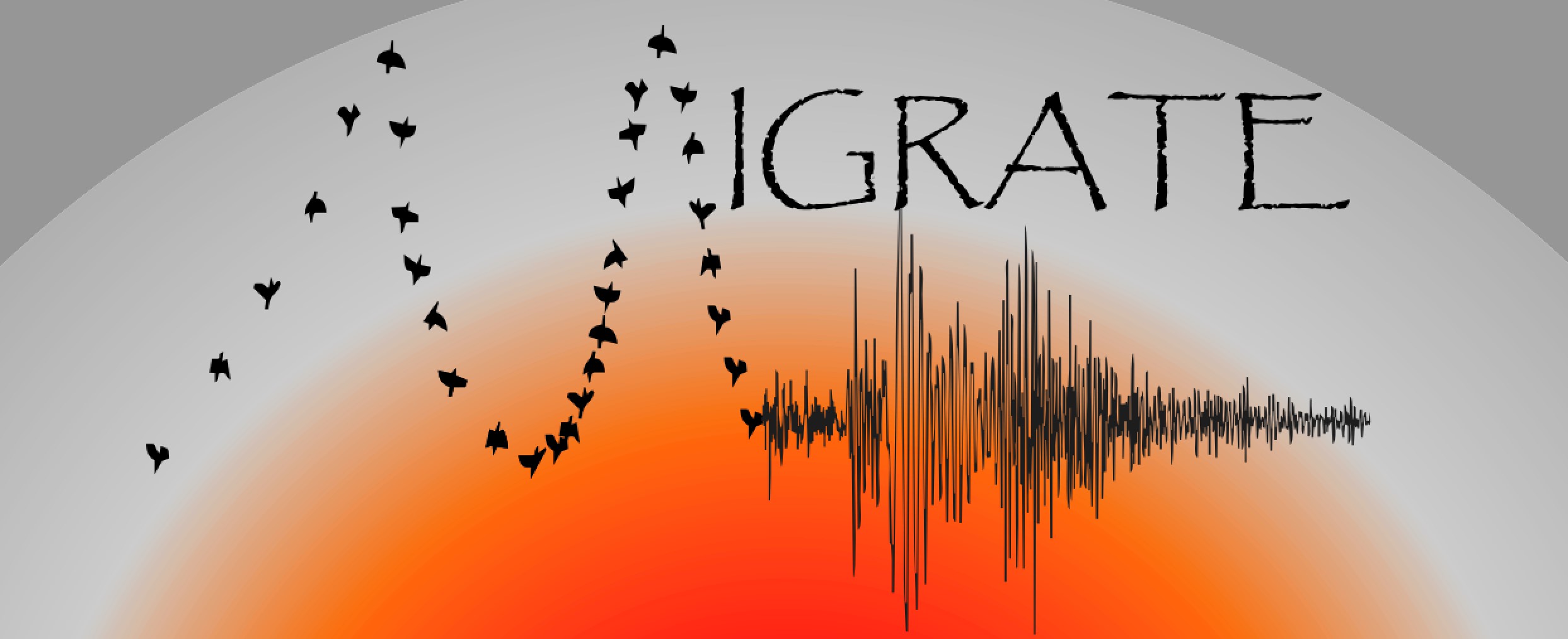MIGRATE

MIGRATE
A Multidisciplinary and InteGRated Approach for geoThermal Exploration
Reducing the acceleration of climatic changes is one of the greatest societal challenges of our times. The Paris climate agreement signed in 2015 mandates a progressive, yet urgent, reduction of fossil fuels accompanied by a rapid implementation of renewable energy solutions. Geothermal energy is a resource potentially available anywhere and at any time. However, its full development faces a shortage of subsurface knowledge that makes potential projects undergo inconveniently high economic and geological risks. Research can support the growth of the geothermal sector, and hence the energetic transition, by providing innovative, reliable and affordable exploration methods to reduce subsurface uncertainty. MIGRATE is a multidisciplinary project articulated around the three distinct and yet complementary domains of geology, seismology and machine learning. The goal of MIGRATE is to streamline passive seismic exploration procedures by developing new analysis methods that remove human bias, have significantly increased reproducibility and reliability, while addressing relevant scientific questions. This will result in the development of an automatised end-to-end tool to prospect the upper crust and identify potential geothermal targets.The study is organised across 6 integrated tasks that will progress by reaching multiple milestones. MIGRATE proposes to use surface wave ambient noise tomography acquired by dense nodal networks to capture the subsurface velocity structure of the upper crust. This approach will improve resolution at depth (compared to previous surface wave ambient noise studies) while reducing acquisition logistics and costs. The use-inspired final goal of MIGRATE will be achieved thanks to the mutual interaction of the three research domains. Specifically, newfangled geological methods will investigate the occurrence of magma at depth and will deliver geological models of the upper crust at the regional- and at the reservoir-scale. The workflow to invert surface wave ambient noise data will be automatised with machine learning methods. The automatised model will be compared against a user-driven ambient noise inversion and interpreted thanks to the geological model and analysis of local microseismicity. This workflow will be applied to investigate the geothermal systems hosted in the Northern Apennines hinterland, Italy. This setting offers a wealth of geophysical and well data that will help constrain and evaluate our models and the opportunity to answer unresolved scientific questions regarding the interplay between magmatic intrusions driven by the regional tectonics and the associated geothermal systems. MIGRATE will have a large impact on our society by radically changing the way subsurface prospection is conducted. If successful, this approach may be applied to investigate the upper crust with key implications for the understanding of geological processes such as seismogenic domains, volcanic systems and ore deposits. Furthermore, affordable high resolution passive seismic exploration may promote further development of other renewable solutions such as heat storage and geological carbon storage.
This work is funded by the European Union – NextGenerationEU and by the Italian Ministry of University and Research, PNRR programme.
Start date: 1 November 2022
Duration: 48 months
CNR scientific referee: Dr. Domenico Montanari, CNR-IGG (domenico.montanari@igg.cnr.it)